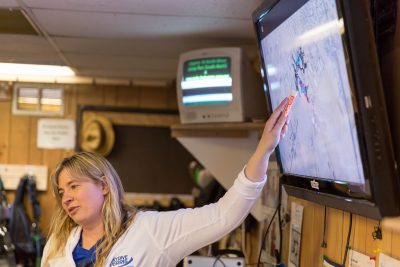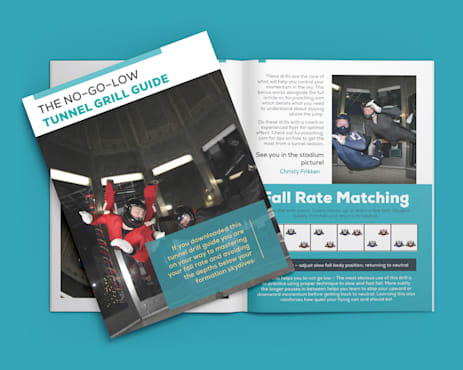How to Give Criticism Like a Champ
Tuesday, May 14, 2019

- Christy Frikken
- 5/14/19
- 0
- Mental Game
How to Give Criticism
Regardless of whether you are an instructor, coach, teammate, or just a skydiving peer, you will be in a place where you might want to provide constructive criticism to another jumper. The goal is to deliver the feedback in a way that can be digested and incorporated for the other person.
Pure Motivation
When you want to give criticism, first look inward and double check you are not giving advice for a poor reason. Experienced jumpers have seen criticism given for all kinds of motives. Perhaps the teammate is venting his own frustrations. Other jumpers might lash out to deflect attention from their own mistakes. Even worse, it could be a misguided attempt to boost their ego and impress others.
Your goal should be simply to help the person improve themselves. If your motivations are clouded with other emotions, consider holding your tongue.
Criticize the Action, Not the Person
When you criticize a person directly you are going to elicit a defensive reaction. In the case of criticizing the person instead of the action, it is less likely the recipient of your advice will choose to listen. They might even lash out against you. Instead, word your language so that the action itself is being criticized instead of the person.
For example, you could tell your student that they fly terribly and their body position sucks. Undoubtedly, this is going to either elicit a backlash, or they could internalize that negative message and limit their future growth. A better wording would be to tell them that they didn’t arch well when they picked up the sidebody and that their arm position for that block was incorrect.

The Sandwich
A popular approach is the sandwich technique. I have read and heard about it so many times it is almost a cliché, but honestly I use it and it works well.
Basically, sandwich the negative bit between two positive bits.
Name a strength. “Your exit presentation was excellent!”
Give the negative part. “But you didn’t look through the formation.”
Finish it with another bit of goodness. “You did look back more quickly than last time.”
(Apologies if I have used that exact same set of phrases with you before.)
This is more time consuming, but it is far more palatable and helps reinforce the behaviors you want to see.
Give Feedback, Not Instruction
If you don’t know what you’re doing, focus on giving feedback as opposed to instruction. If you are not an expert yet at whatever it is you need to get across, focus on just providing feedback. This keeps you from having to assert your expertise, which will quickly be questioned. If that happens your point might be ignored even if you are right.
Feedback: I noticed that just before our exit went to heck your left arm was rolled under.
Instruction: You need to present your arm more on exit.
Of course that bit of instruction is 100% right, but if you are not in a position of authority or perceived expertise, providing the first observation is going to produce better results in most cases. In the first case the person can connect the dots themselves and will internalize the result. In the second case the recipient of the advice might just wonder how the heck you know that.
If the person asks what to do about the problem by all means share your ideas.
Foundation of Trust
Some of you might seriously question whether all of this is necessary to talk to your teammates about every piece of information that needs to be delivered, and you are right. There is no way I had time to ‘sandwich’ every piece of debrief criticism I had to make on Fury or Rhythm; it would have been a ridiculous waste of time.
However, it is really important to recognize these teams had a single compelling goal and we spent time building trust that all four of us were driven solely by the goal. When I knew that JaNette Lefkowitz would change or do anything necessary to fix our block 5, it was easy for me to hear and implement her comments on my move. I didn’t feel threatened because we spent time crafting a safe environment where mistakes were not judged as personal attacks.
The license to be direct only works under these special circumstances, and it is nurtured carefully. I have worked with teams that would use ‘directness’ as a guise to be cruel, mean, and lash out in defensiveness. The directness I experienced on a professional was not that. Every tidbit of advice, criticism, and instruction was delivered with an air of kindness, non-judgment, and positivity constantly fostered. There was still a high ratio of positive comments and support. In that situation it was easy to hear and accept my teammate’s criticism as well as deliver it.
Tags: team



